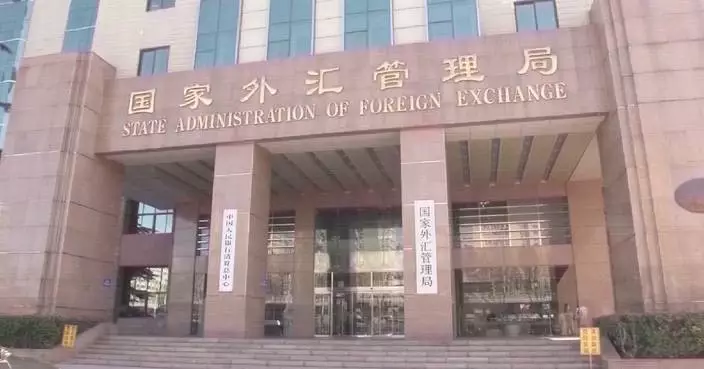The mirror platform of the Tiangong space station's scientific experiment has entered the stage of official operation, providing critical support for research conducted in space.
Situated at the Technology and Engineering Center for Space Utilization (CSU) under the Chinese Academy of Sciences (CAS), the mirror platform exactly replicates the equipment loaded on the space station. The platform, equipped with 14 scientific experiment cabinets and corresponding supporting equipment, operates parallel to that on the Tiangong space station.
As a critical infrastructure for the national space laboratory, the mirror platform serves three primary purposes. Firstly, it is to conduct final testing before scientific payloads are installed on spacecraft, and astronauts' operational training for scientific experiments. Secondly, it is to simulate in advance scientific experiments scheduled for the space station. Thirdly, it is to conduct space-to-ground comparison experiments, which is to explore how the microgravity environment influences experiment results, said Zhong Hong'en, a research fellow at CSU.
"The space-to-ground comparison experiment is to synchronize the experiment conducted in space exactly on the ground, the two are carried out in the exactly same conditions, only the microgravity environment varies, so that we can make comparisons to figure out the differences in experiment results. Just to focus on the impact of the two different gravity factors on the experiments," said Zhong.

Mirror platform of Chinese space station's scientific experiment goes into operation









